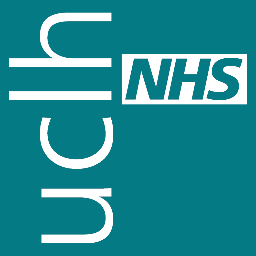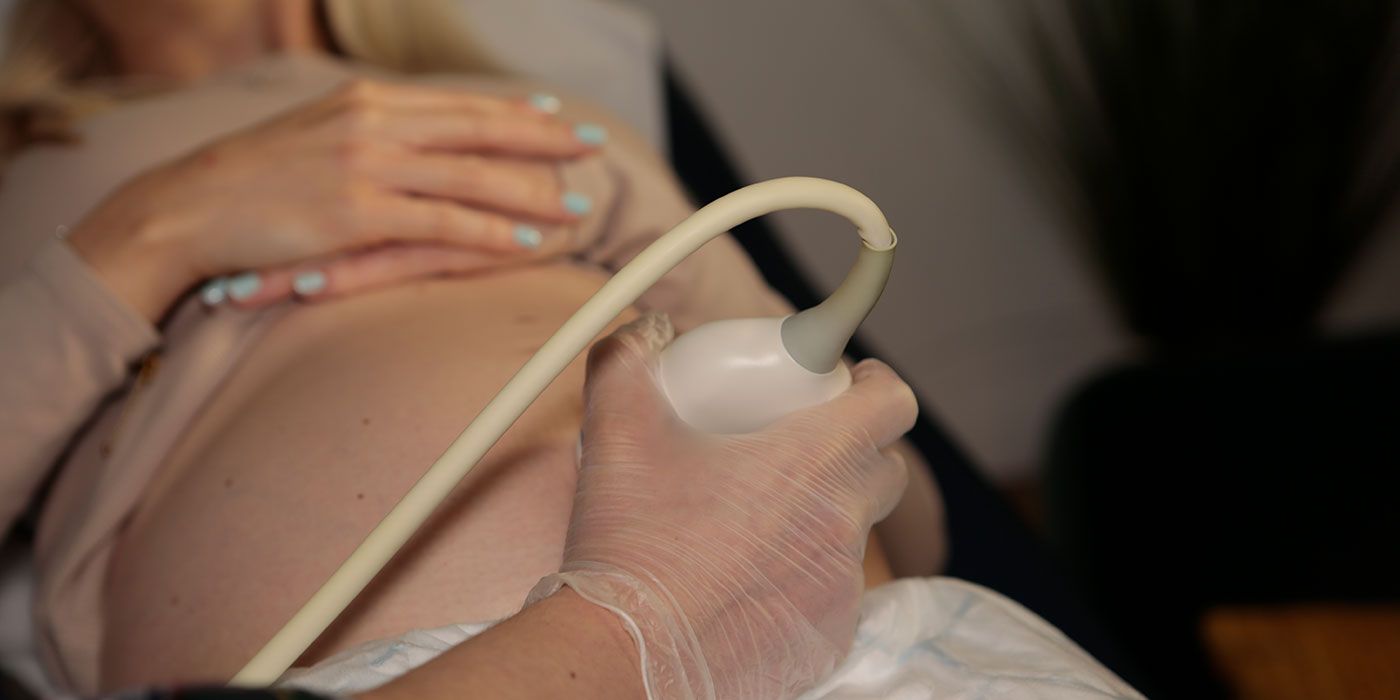UCLH: A Beacon of Excellence in Obstetrics and Gynaecology

UCLH: A Beacon of Excellence in Obstetrics and Gynaecology
Published
Tags
University College London Hospitals NHS Foundation Trust (UCLH) stands as a paragon of excellence in the healthcare sector, particularly in obstetrics and gynaecology. With a legacy rooted in innovation and top-tier medical services, UCLH has garnered global recognition, ranking among the world’s best in its field. Beyond its renowned maternity services and the esteemed Fetal Medicine Unit (FMU), UCLH’s partnership with the London Pregnancy Clinic showcases a team of distinguished professionals dedicated to women’s health. Together, they underscore UCLH’s unwavering commitment to providing unparalleled care for women at every life stage.
University College London Hospitals NHS Foundation Trust (UCLH) has long been recognized as a leading institution in the realm of healthcare. With a rich history and a commitment to innovation and excellence, UCLH has consistently delivered top-tier medical services to its patients. One area where UCLH has particularly excelled is in the field of obstetrics and gynaecology.
Global Recognition
According to the Newsweek’s World’s Best Specialized Hospitals 2024 rankings, UCLH is among the top hospitals globally for obstetrics and gynaecology. This recognition is a testament to the hospital’s dedication to providing the best care for women at every stage of their lives.
Gynaecology at UCLH
The gynaecology service at UCLH offers a comprehensive range of treatments and services. From general gynaecological care to specialized treatments for conditions like endometriosis and fibroids, the department is equipped to handle a wide array of women’s health issues. The team also provides support for early pregnancy and acute gynaecological problems.
Maternity Services
UCLH’s maternity services are designed to support women throughout their pregnancy journey. The hospital offers everything from antenatal classes to postnatal support, ensuring that mothers and their babies receive the best care possible.
A standout feature of UCLH’s maternity services is the Fetal Medicine Unit (FMU). Led by a team of highly skilled specialists, the FMU offers diagnosis and treatment for complications that may arise in unborn babies. Recognized both nationally and internationally, the FMU sees over 7,000 patients each year, providing care in a supportive and professional environment.

A Rich History and a Bright Future
The University College London Hospitals NHS Foundation Trust has a storied history that dates back to the 18th century. Over the years, the trust has grown and evolved, incorporating various hospitals and expanding its range of services. Today, UCLH is not just a hospital but a conglomerate of medical institutions dedicated to research, teaching, and patient care.
In partnership with University College London, UCLH has major research activities, further cementing its reputation as a leading institution in the medical field. Each year, its hospitals treat over 500,000 outpatients and admit over 100,000 patients, showcasing the trust’s vast reach and impact.
The London Pregnancy Clinic Connection
At London Pregnancy Clinic, we are proud that many of our practitioners and support staff are either currently practicing at UCLH or have been trained there:
Dr. Fred Ushakov is the Founder and Medical Director of the London Pregnancy Clinic. With over 35 years of medical experience, he specializes in fetal medicine and ultrasound. Notably, he is recognized as one of the most skilled ultrasound operators at the UCLH Fetal Medicine Unit. Dr. Ushakov’s contributions extend beyond clinical practice; he founded the London School of Ultrasound and the Early Fetal Scan Conference. His dedication to the field is evident in his role as an Ambassador of the International Society of Ultrasound in Obstetrics and Gynaecology (ISUOG) from 2014-2020.
Ms Shaz Khojasteh is a Specialist Sonographer in Obstetrics and Gynaecology. She completed her Master’s degree in Prenatal Genetics and Fetal Medicine at UCL in 2016 and underwent specialized training in Fetal Medicine Ultrasound at Kings College Hospital. Shaz has also received training in Fetal Echocardiography and has gained valuable experience in Early Pregnancy and Gynaecological ultrasound scanning.
Dr. Giovanni Granozio is a clinical fellow in fetal medicine at the Royal London Hospital and consults privately at the London Pregnancy Clinic. He specializes in pregnancy screening scans, particularly for pregnancies with fetal anomalies, growth-restricted babies, and twin pregnancies. Dr. Granozio graduated from the University of Salerno and later specialized in Gynaecology and Obstetrics at the University of Turin. He relocated to London in 2020 to further his training in Fetal Medicine and Obstetric Ultrasound at UCLH.
Mt Stott is a distinguished consultant in obstetrics, practicing at The Portland Hospital and University College Hospital London (UCLH). He has notably established a successful antenatal clinic for women with hypertension at UCLH and serves as the Trust’s clinical lead for foetal monitoring. Dr. Stott’s expertise lies in maternal and fetal medicine, with a particular focus on obstetric ultrasound scanning, prenatal diagnosis, and maternal medicine. He has a keen interest in pregnancies complicated by hypertension and in fetal medicine. His academic pursuits are evident in his role as an honorary lecturer at UCL and his extensive research publications in obstetric and gynaecology journals.













